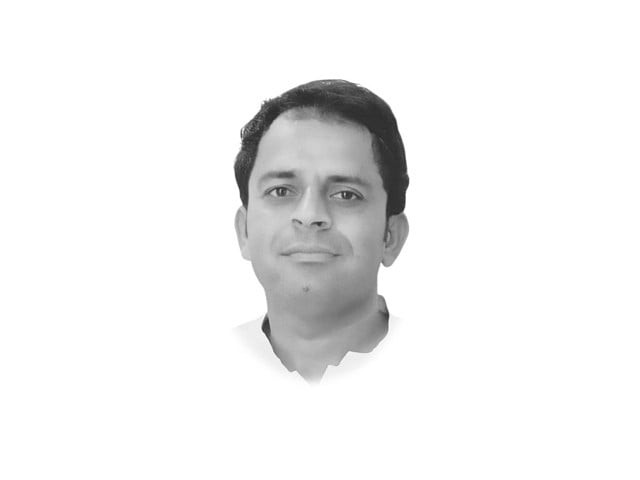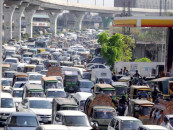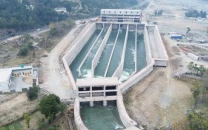Land to the landless?
Most of the marginalisation in the country stems from highly unequal land distribution.

Though the state might be the ultimate authority in deciding the fate of the land and its resources, it is nevertheless bound by obligations enshrined in the Constitution and laws of the land to manage and utilise them productively for the people. In other words, absolute authority over resources does not absolve the state of its responsibility regarding the public good promised in the social contract. However, Pakistan's successive political settings have taken their responsibility for the effective management of resources for granted, with land being no exception. Over the decades, the state has desperately experimented with and repeatedly failed to implement inclusive land reforms, severely hindering the country's progress and contributing to marginalisation.
Most of the marginalisation in the country stems from highly unequal land distribution, where a small elite of large landholders control a disproportionate share of farmland, leaving small farmers, landless peasants and citizens with limited or no access to this vital resource. The disparity is evident in that 5% of landholders own 64% of the total farmland, while 65% of small farmers possess only 15% of the land. Furthermore, nearly 51% of rural households are landless. This lack of land ownership among rural households exacerbates their economic vulnerability, making it difficult for them to break the cycle of poverty and improve their socioeconomic status. And this is not the end of the tragedy.
The country is grappling with a staggering homelessness crisis, with an estimated 20 million people lacking a permanent place to call home, accounting for approximately 9% of the country's total population. The majority of these individuals reside in temporary and often precarious accommodations, including refugee camps and dilapidated settings. The situation is particularly dire in Karachi, Pakistan's largest city, where a staggering 40% of the population - around 5.9 million people - live in slums. Furthermore, an additional 200,000 or so people are left to sleep on the streets.
Of all the crises perpetuated by inequitable land distribution, multidimensional poverty remains a major cause and manifestation of most, if not all, of the issues the country is grappling with today. At the heart of poverty lies asset poverty - a fundamental obstacle that perpetuates economic vulnerability, with land being its critical detriment. The lack of land - a vital asset - not only exacerbates poverty but also reinforces it, limiting income opportunities, constraining consumption, and hindering the development of human capabilities. In other words, asset poverty is both a cause and a consequence of poverty, creating a vicious cycle that is difficult to break without pragmatically pursued policies.
However, the insufferable plight of over half the population has not yet taught the state a pragmatic lesson regarding land utilisation. Much like throughout the country's history, it (mis)manages national resources - both material and human capital - in a parasitic, exclusive and extractive manner, with the Green Pakistan Initiative being the latest example. Under the initiative, approximately 4.8 million acres have been earmarked, with about 0.9 million acres already allocated to private entities. The provincial share includes 811,619 acres in Punjab, 52,713 acres in Sindh, 47,606 acres in Balochistan, and 74,140 acres in K-P.
However, this experiment — like the previous such initiatives — is unlikely to succeed, draining the country of its resources - including scarce water - besides costing farmers dear, adding to displacements and disparity, and eroding public confidence in state functionaries.
Instead, addressing the question of agricultural productivity through inclusive land reforms would help optimise resource utilisation, enhance agricultural productivity, and combat poverty. To this end, providing land to landless peasants and homeless citizens, and assisting them with logistical, financial and policy support - along with implementing smart irrigation techniques - would prove a pragmatic strategy. This approach would effectively promote agricultural growth and modernisation while addressing poverty, unemployment and food insecurity in the country.













COMMENTS
Comments are moderated and generally will be posted if they are on-topic and not abusive.
For more information, please see our Comments FAQ